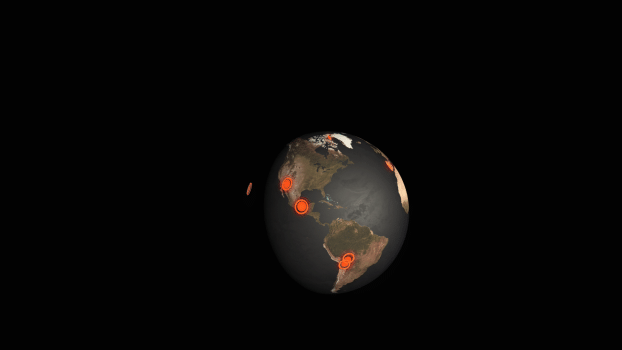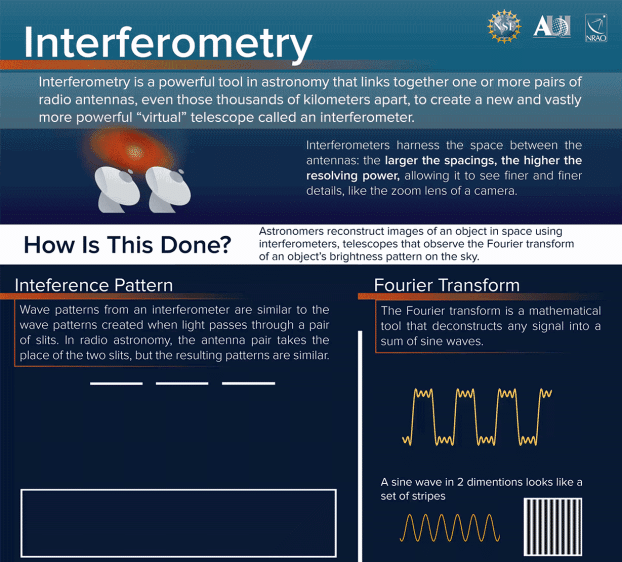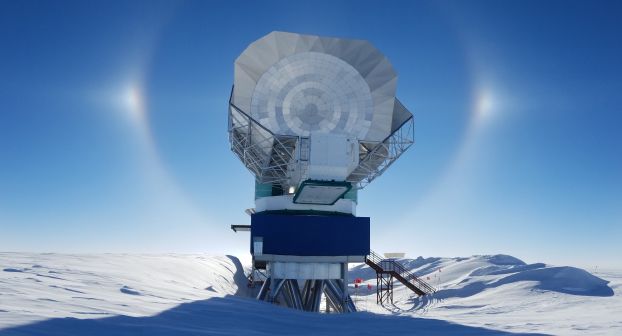
Credit: Junhan Kim, The University of Arizona
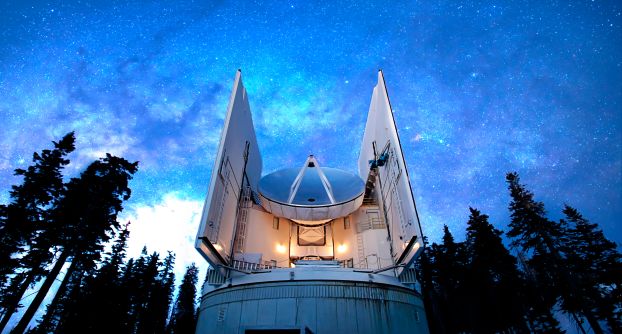
Credit: David Harvey
Radio waves from distant celestial objects arrive at different points on Earth at different times. For VLBI to work, these waves must be matched wave-for-wave at each and every station. To accomplish this, the EHT uses ultra-precise atomic clocks, which time stamp the data. Later, when the data are combined, astronomers can ensure that each observatory's data align with the data from all the rest.
Black holes are so difficult to detect that no single instrument can even make the attempt. Instead, any effort to image a black hole will require a team of telescopes, all working together, using a technique called interferometry. This graphic from NSF's National Radio Astronomy Observatory explains interferometry and how collaborations like the Event Horizon Telescope use it hunt for black holes.

Credit: Zina Deretsky (illustration); and special thanks to the University of Arizona and MIT/Haystack Observatory
For the Event Horizon Telescope, resolving the image of M87* from petabytes of information was a Big Data challenge. This infographic helps explain how they accomplished that monumental task.
Video assets
Virtual backgrounds
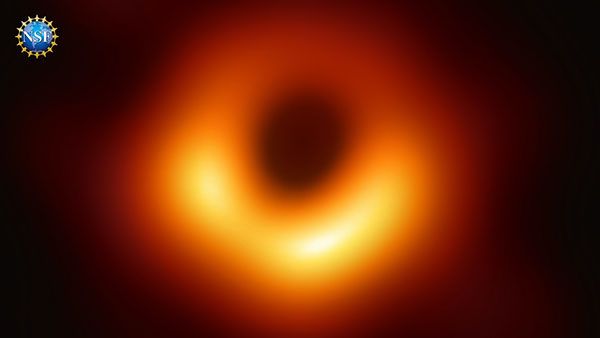
Credit: Event Horizon Telescope collaboration et al.
Event Horizon black hole coloring page
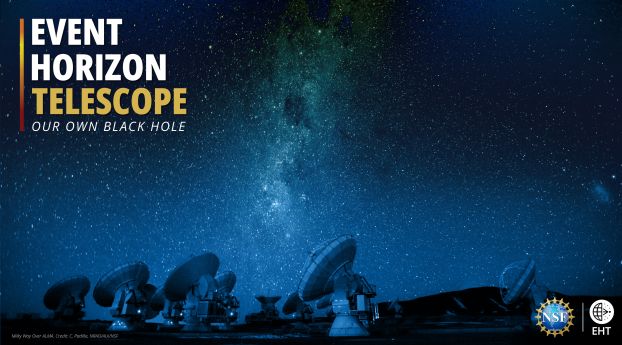
Credit: C. Padilla, NRAO/AUI/National Science Foundation
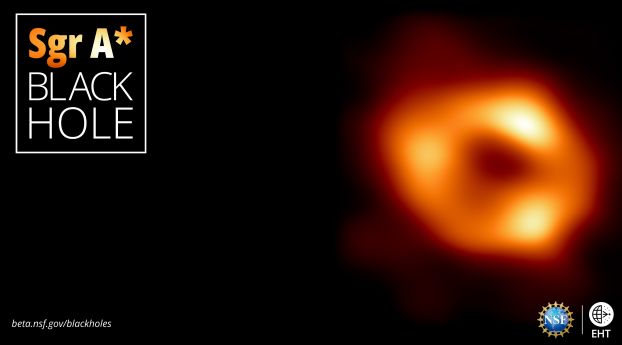
Credit: Event Horizon Telescope Collaboration
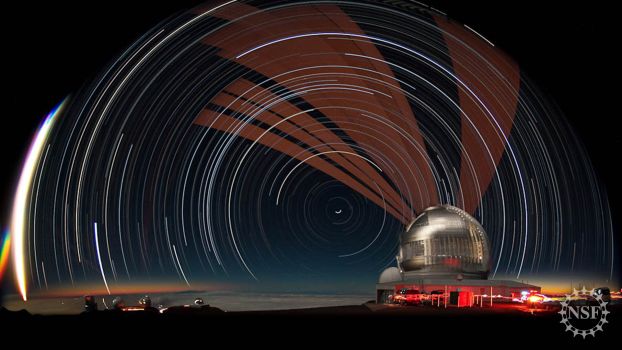
Credit: Image by Joy Pollard/International Gemini Observatory/NOIRLab/NSF/AURA

Credit: Mark Myers, ARC Centre of Excellence for Gravitational Wave Discovery (OzGrav)/Swinburne University
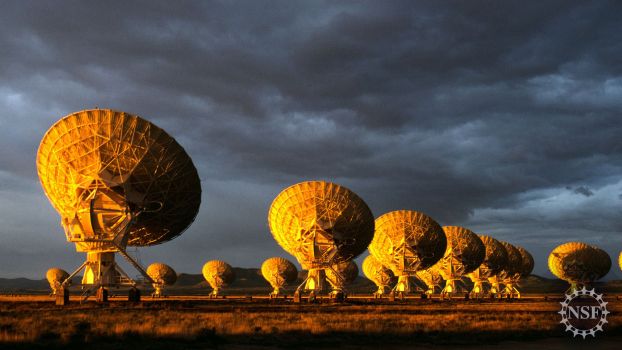
Credit: Andrew Clegg, National Science Foundation
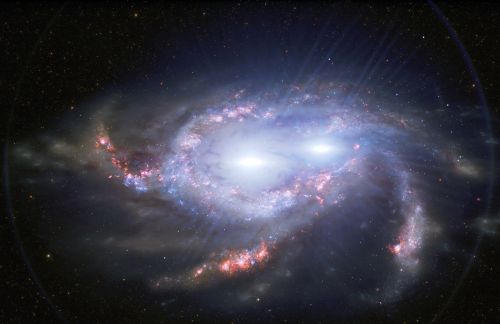
Black hole images and videos
Be immersed with beautiful imagery and informative videos on black holes, in our multimedia gallery.
Explore now

